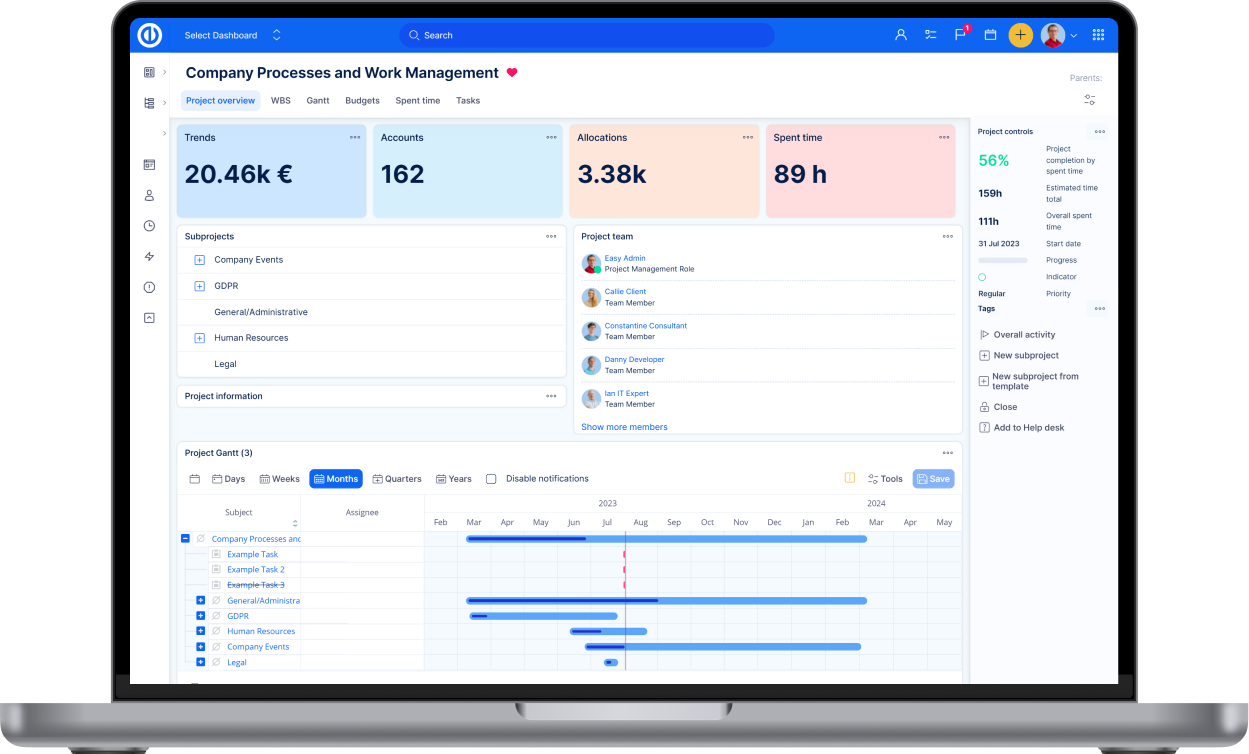What are the benefits of data synchronization?
Data synchronization is crucial for maintaining data accuracy, consistency, and availability, which in turn drives better business performance, decision-making, and customer experiences.
The key benefits of data synchronization are:
- Removal of data silos: Data synchronization enables the constant sharing and updating of data across different systems, fostering collaboration and eliminating trust and authorization issues among employees.
- Prevention of extensive data entry: Data synchronization makes the flow of data between systems seamless, reducing the need for manual data input and saving time while reducing errors.
- Ability to perform multiple data operations: Data synchronization can automatically update, add, and delete data across all synchronized systems, ensuring data consistency.
- Real-time data syncing: Data synchronization can update changes made in one system immediately across other systems, ensuring users have access to the latest information.
- Prevention of data loss: Replicating and backing up data across synchronized systems helps prevent data loss, as data can be retrieved from another system if one fails.
- Improved data quality and trust: By keeping data consistent and up-to-date across systems, data synchronization enhances data integrity, security, and access control, leading to better decision-making.
- Enhanced collaboration and productivity: Synchronized data enables employees across departments to access and work with the same real-time information, improving collaboration and productivity.
